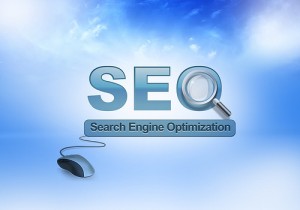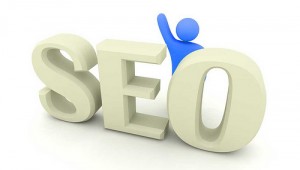 Panda is not all about content.
Panda is not all about content.
Since Panda came about and kung fu kicked everyone’s poor quality websites down the search results, all people are shouting is that ‘content is king’. No, not true. You, the person handling the overall SEO campaign, is king. The content is just part of the overall picture and really, producing quality content from the point you took over the project should have been your objective, regardless of what Google are doing. It’s basic common sense. With the focus on recent months having shifted across to blogger outreach and spending time writing high quality articles, it’s easy to start overlooking those essential on-page factors. Don’t do it. You can have the best quality content in the world but you’ll be letting your site down if you don’t pay attention to the very basic on page factors which should be working in harmony with your off site link building.
The significance of some of the factors listed below is up for debate. I’m not saying they will dramatically improve your search rankings. But they will certainly not have an adverse affect. The true extent of these on-page search engine optimisation techniques can only be found when you’re testing, but if they are just minor tweaks that can be made to enhance the SEO of your site, then start doing them today!
5 Essential On-Page SEO Factors To Consider
Title Tags and Meta Descriptions (and Keywords!)
This is basic SEO best practice. Very basic. But you’d be amazed at the amount of sites that focus on building links yet still do not have optimal keyword titles and descriptions. Let’s hit the starting point. Each of your pages should have titles that include one or two key term targets and/or a variant term. Do not overlook the keyword research and always ensure where possible that no page titles are targeting the same key terms. Keep your titles at a maximum of 70 characters where possible as this is all that is shown in Google rich snippets.
The importance of meta descriptions in terms of search engine optimisation ranking factor is still questioned by many but you MUST add them in. It can do no harm to include one or two target key terms in your meta descriptions and you should always include a call to action at the end. Keep your meta descriptions snappy and at a maximum of 156 characters. Don’t use capitalisation and try and really get across your websites USP without it feeling too much of a hard sell.
Semantically Listing Header Tags
Google has obsessive compulsive disorder, it loves everything being in its rightful place and semantically ordering your header tags across pages will be positively rewarded. Try and only include one h1 tag per page which should include a target key term for that page. Then break your copy down into sections using h2 tags (1-4) and then sub sections with h3, h4, h5 and h6 as appropriate. This is just a guide though and if you have vast amount of content on your page, you may want to use header tags differently than how I’ve outlined. The key point is to separate your content sensibly and make it easier for both readers and search engines to identify the key headings of your page. Where possible, include target key terms and key term variants in heading tags.
If you run a WordPress site (like most of us do) it’s likely the theme you’ve bought hasn’t necessarily been made to be SEO friendly and may include instances of headers being used for elements which aren’t incorporate semantically. Dedicate some time to going in and changing the styling settings manually and stylise the text to replace the header tags you do not want.
Alt tags are probably one of the most overlooked aspects in terms of on-page search engine optimisation and the only reason I can think as to why is because of the time involved in adding them, as the task itself is so damn easy. Primarily alt tags are used for those using screen reading devices, but including alt tags for each and every one of your images can also be beneficial to your SEO. Be explicit in every alt tag description you enter on a page. If you have a picture of a car, describe the colour of the car, the model, the location in which the car has been pictured and other aspects of the picture. Where appropriate, include your target key term in at least one of the images on a page. A great tool for identifying image alt tags on a page is the web developer toolbar for Firefox.
Internal Links
Try and include your target key words in internal links. Though you can’t go ‘Google Bombing’ as much these days as you may have done 18 months ago, including target key terms in internal links still can add that little extra boost to your on-page SEO. Instead of using phrases like ‘return to home’ or ‘click here’, you may want to include a key term such as ‘return to SEO home’ or ‘check this search engine optimisation tips page’ for more information. Don’t waste your time going out of your way putting key terms in every single internal link, but certainly try and identify a few which looks natural.
<strong> and <em> tag
A <strong> and <em> tag should be wrapped around your target key terms within the first 100 words of your page. But again this is only a guideline. If you have a large page of copy, the best way to use these tags is simply to wrap them around the key aspects of your copy. Whatever you make user friendly is likely to be search engine friendly too. It may also be worth experimenting with your copy to use and tags in the last 100 words of your copy too as some suggest that Google focus on the start and end of your page copy. Personally, I try and not overuse these tags for target key terms as it can come across a little too unnatural and unprofessional, but for the SEO benefit, at very least I’ll use them once each per page.
Scott is a writer whop urges people to realise that Panda is a search update, not a search attack.


